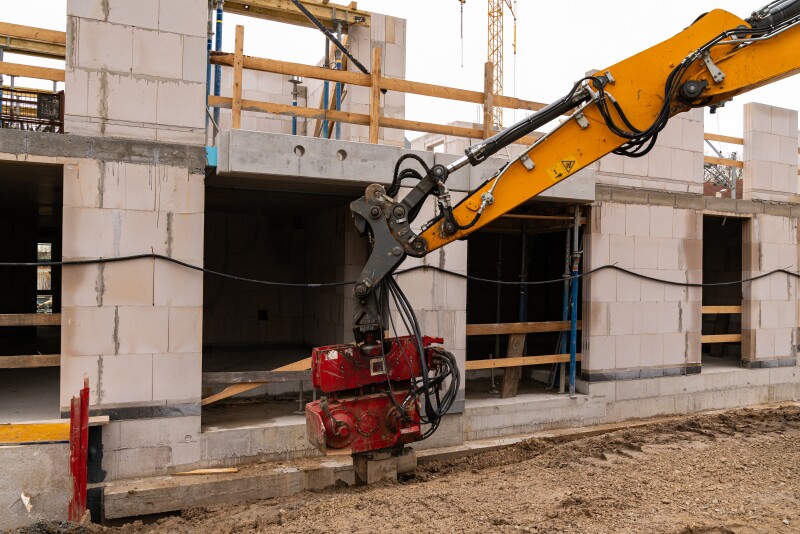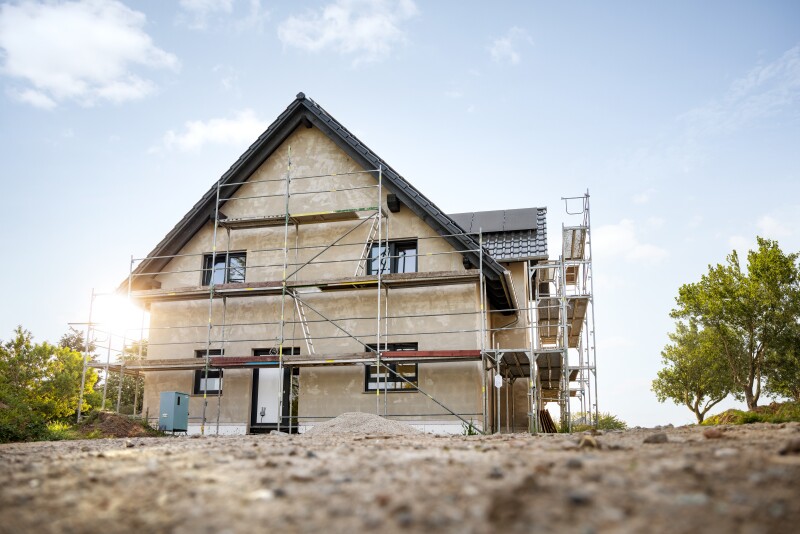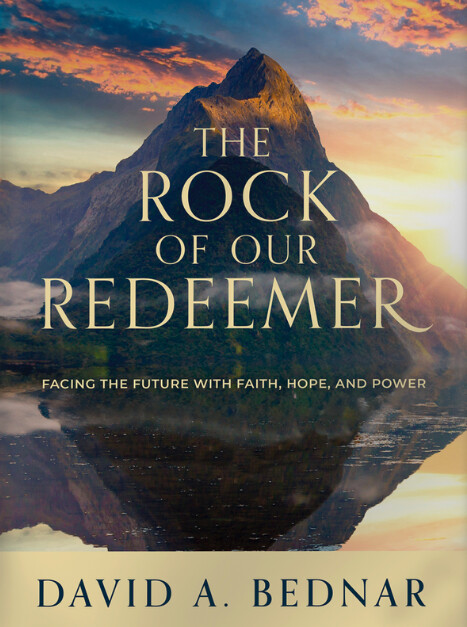Many of us are familiar with the parable of the wise man and the foolish man (Matthew 7:24–27). But this isn’t just a story about a silly guy versus a smart guy. Beyond the obvious sand-versus-rock analysis, this story teaches us something more about the process of laying a foundation.
Within the context of basic construction principles, maybe the foolish man wasn’t so foolish—at the start.
Subgrade Filtration: Not Necessarily a Sub-Par Start!
The “foolish” man may have looked at the site of his future home and thought, “If it ever rains, my home will need to be able to filter out unwanted water.” He probably knew that sand could do just that.
And not only does sand have excellent filtration properties, but it’s also used in laying the groundwork of most foundations! Sand and gravel provide drainage, moisture control, uniform support, and soil stabilization. Preparing the subgrade, or native soil, with a filtration layer is a critical step in building a stable structure.
The foolish man’s problem wasn’t that he built upon a sandy foundation—his problem was that that’s where he stopped. He dusted off his hands and felt like that was enough.
Compaction: Faith Under Construction
Sometimes, we treat our testimonies like filtration systems. They’re good at filtering out unwanted uncertainty and unsettling sediment. They’re layered with the things that make us feel good and inspire us to build a house in the first place.
A sandy testimony is simple. It could be as straightforward as, “The gospel just makes sense to me,” or, “I go to church because I like being part of a community of like-minded people.” These are not bad things. They’re a great start! But when pitted against more than the occasional rainfall, the structure can easily be overwhelmed by a deluge of doubt.
That’s where compaction comes in. This next construction step involves applying consistent pressure to the filtration layer to eliminate unwanted air pockets. It prepares the foundation for loadbearing layers.

Every testimony has air pockets. Nobody will know all the answers in this life. But by being doers of the word, and not hearers only, we can consistently apply weight to our testimonies. Living the gospel of Jesus Christ routinely replaces areas of uncertainty with the more tightly packed grit of personal experience.
Long-Term Vision, Rock-Solid Results
The wise man differed from the foolish man in one critical area: perspective. Where the foolish man prepared only for short-term light rainfall, the wise man prepared for long-term inclement weather. He knew the homebuilding site of mortality exists within storm central. Storms aren’t just possible; they’re inevitable. They demand structure and stability.
Beyond feel-good filtration and consistent compaction, our foundations require bedrock belief. As Elder David A. Bednar wrote, “Now, more than ever, we need to anchor our lives to the rock of Jesus Christ.”
Our efforts to personally connect with the Savior are like construction reinforcements called rebar, solidifying a concrete understanding of His doctrine with an understanding of His character. Finally, as a true, personal relationship with the Savior begins to take shape, we can find shelter in Him.
Leaving Neutral Ground—Forever
Prophets through the ages have repeatedly emphasized that the ultimate way to form a relationship with the Savior is to make covenants. Elder Bednar suggests, “Covenants fuse our spiritual foundations to the rock of our Redeemer.”
As President Nelson stated:
“Once we make a covenant with God, we leave neutral ground forever. God will not abandon His relationship with those who have forged such a bond with Him....that bond is the source of spiritual strength and stability in all of the seasons of our lives.”
Whatever stage you’re at in building your foundation, what matters is that you’re building it. You don’t have to excavate groundbreaking revelations or perpetually restructure your entire testimony. Christ’s gospel is all about process and progress.
A foundation built upon the rock of our Redeemer solidifies one layer at a time. And through all seasons of life, He is there. Unmoving, unwavering in His love for each amateur, earnest builder.
For more inspiration on how to build your testimony, check out the articles and new book from Elder Bednar below:
▶ Do you see all the ways the gospel is transforming you?
▶ Find your answer to these 2 questions for a more fulfilling, Christlike life
▶ What President Holland says gave him faith ‘more than any other one thing’
▶ Can I change immediately? What the scriptures say vs. what Satan wants you to believe
▶ What does it mean to say ‘I know’ vs. ‘I believe’? One author’s insightful, comforting answer



